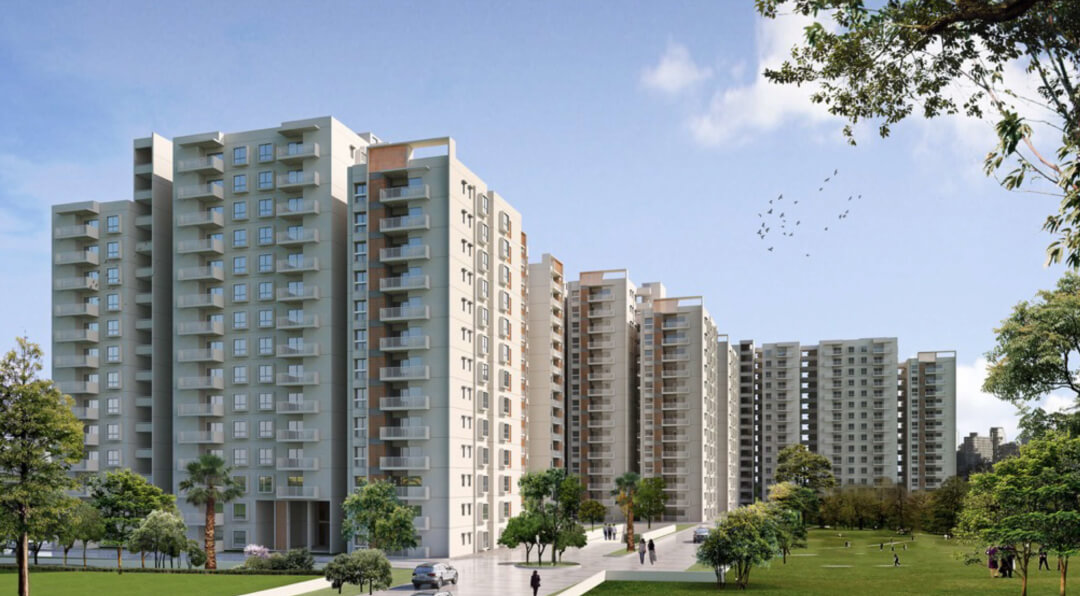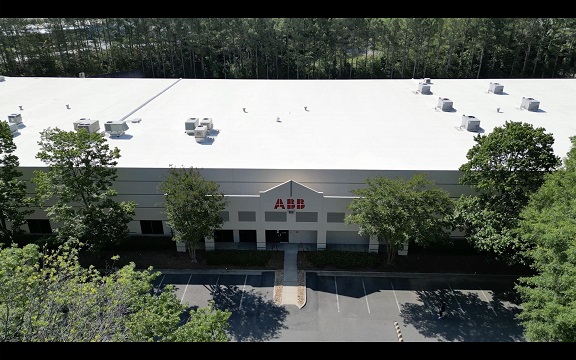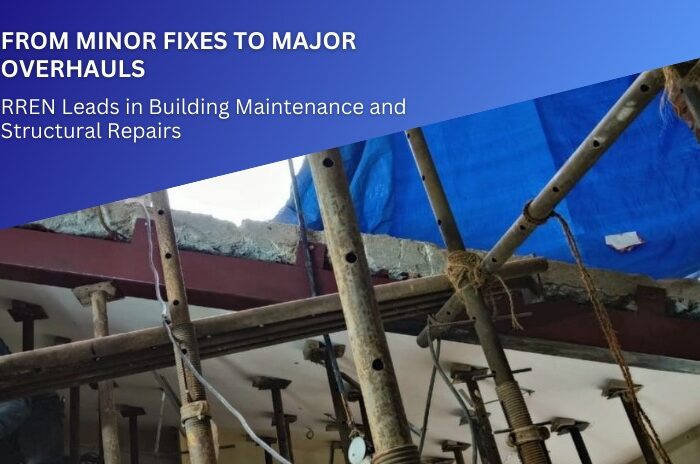India has been rapidly developing in recent years, and this has put a significant strain on its infrastructure. To keep up with the pace of development and the growing demand for sustainable and efficient infrastructure, India has embraced innovative construction technologies. The construction industry in India is gradually transforming, with new and improved methods of construction being adopted to keep pace with the times. In this article, we’ll take a look at some of the innovative construction technologies being used in India.
Prefabrication and Modular Construction: Prefabrication involves the construction of structures off-site, which are then transported to the construction site for assembly. The use of prefabrication reduces construction time, minimizes waste, and provides a higher degree of precision in the final product. This technology is particularly useful for building structures that are repetitive in nature, such as housing, office buildings, and hotels. Modular construction, on the other hand, involves building structures using pre-made components that are manufactured in a factory and then assembled on-site. This technology offers several benefits, including reduced construction time, increased efficiency, and improved safety.
3D Printing: 3D printing technology has revolutionized the way we build and create objects, and the construction industry is no exception. In India, 3D printing is being used to create small-scale prototypes and full-sized buildings. The technology enables quick construction of complex shapes and reduces the need for manual labor. It also provides greater accuracy in the final product and reduces the amount of waste produced during the construction process.
Building Information Modeling (BIM): Building Information Modeling (BIM) is a digital representation of the physical and functional characteristics of a building. It provides a comprehensive view of the building, including its design, construction, and operation. BIM helps to optimize the design process and provides accurate cost estimates, which helps to reduce construction costs. It also helps to identify potential problems before construction begins, reducing the risk of mistakes during the construction process.
Drones: Drones have become an essential tool in the construction industry, and India is no exception. Drones are being used for surveying, inspection, and monitoring of construction sites. They can cover large areas quickly and provide detailed images and data for analysis. This helps to reduce the risk of human error and improve the accuracy of the data collected. Drones are also being used to inspect hard-to-reach areas, such as roofs, bridges, and towers, making it easier and safer for workers to access these areas.
Robotic Construction: Robotics technology is being used in various construction activities, such as masonry, painting, and concrete pouring. This technology helps to increase efficiency, reduce manual labor, and improve the accuracy of the final product. Robotic construction machines can work 24/7 and are not affected by adverse weather conditions, making them an ideal solution for construction in challenging environments. They are also more efficient than human workers, reducing the amount of time required for construction and improving the accuracy of the final product.
Smart Materials: Smart materials are being used to create structures that are self-healing, self-cleaning, and have the ability to adjust to changing conditions. For example, self-healing concrete contains bacteria that can repair cracks in the concrete. This technology offers several benefits, including increased durability, reduced maintenance, and improved sustainability. Other smart materials, such as shape-memory alloys and smart coatings, are also being used to create buildings that are more efficient, sustainable, and adaptable.
Sustainable Materials: Sustainability is an important aspect of modern construction, and new materials are being developed to replace.










